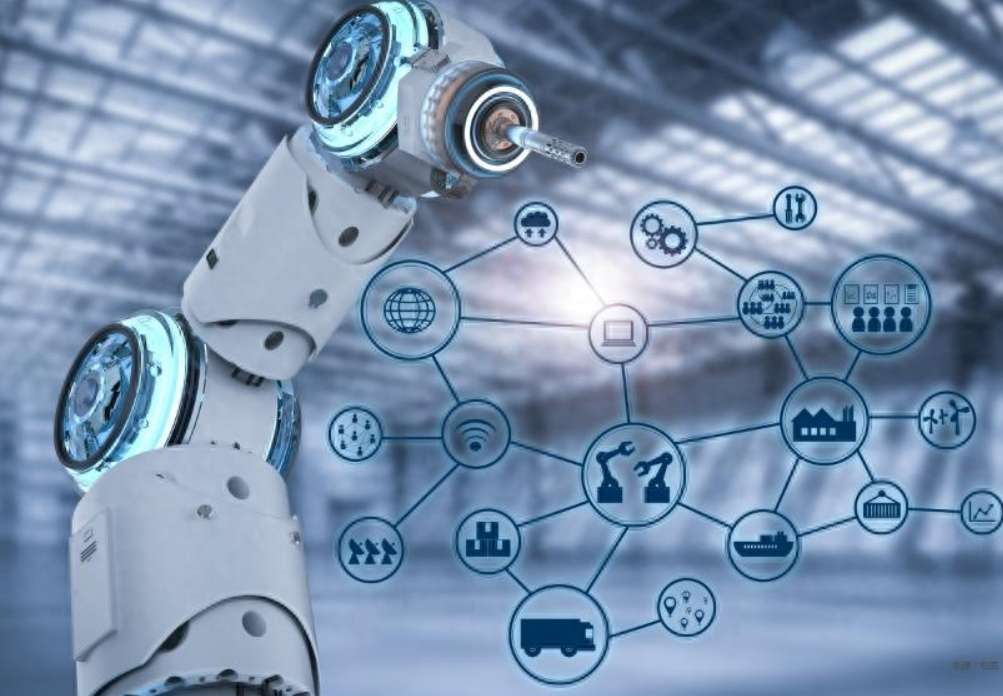Humanoid Robots: Growth Against the Grain
Advertisements
On February 24, the excitement surrounding humanoid robotics dramatically surged, reflecting a growing fascination with this niche yet rapidly expanding sector. Recent trading data suggests that the humanoid robot concept index has experienced an impressive cumulative increase of 53.82% over the past thirty trading days, indicating a robust enthusiasm from investors and the market at large. The implications of this rise in interest extend beyond mere numbers, signaling a transformative moment in technology and commerce.
In the A-share market, stocks related to humanoid robotics have also witnessed noteworthy advancements. For instance, Shenzhen-listed Shengtong Holdings has remarkably secured four consecutive trading limits, showcasing the confidence of traders in this burgeoning technology. Other notable performers include Efutong-U and Keli Sensor, both of which reached their daily price limits. Additionally, companies such as Xianglou New Materials and Huayi Technology saw increases of 9.62% and 9.46%, respectively, alongside others like Ruantong Power and Zhongding Co., which observed gains of 6.29% and 5.87%. Such statistics reflect a vibrant trading environment that is increasingly drawn to innovative technologies.
The momentum in the Hong Kong stock market mirrored these trends, with key players demonstrating significant advances as well. Goldway Permanent Magnet saw a rise of 8.25%, while Horizon Robotics and UBTECH also registered solid gains. These developments continue to emphasize a global interest in humanoid robots, a market that until recently seemed more futuristic than imminent.
Several factors contribute to the current fervor around humanoid robots, particularly the influx of favorable news from both domestic and international fronts. Recently, various companies have announced groundbreaking technological advancements, feeding into the positive sentiment. On February 20, for instance, Figure, a leading robotics company, unveiled their state-of-the-art visual and language action model, Helix. This model integrates perception, language understanding, and learning control, marking a significant leap towards achieving seamless control of a humanoid robot's upper body.
Meanwhile, an impressive leap was made by Norway's 1X, which debuted the NeoGamma humanoid robot on February 22. This model featured advancements across artificial intelligence, design, and hardware, paving the way for rigorous testing in domestic environments. The emergence of such cutting-edge technologies encapsulates the rapid evolution occurring within the robotics sector.

In China, the Global Developer Frontiers Conference held from February 21 to 23 drew considerable attention to humanoid robotics. YuTree Technology showcased innovative products including the Unitree Go2 quadrupedal robot and the Unitree G1 humanoid robot, which captivated audiences with performances that included "walking the dog"—a fascinating demonstration of technology's capabilities. Such events act as both a catalyst and a showcase for the potential applications of humanoid robots in everyday life.
A notable breakthrough came on February 23 when a humanoid robot developed by Shenzhen-based Zhongqing Robotics executed the world's first front flip. This feat is particularly impressive given the higher demands it places on the robot’s dynamic balance, acceleration, and precision landing compared to a backflip. Such accomplishments highlight the astounding technical challenges and achievements encapsulated in humanoid robotics, emphasizing the necessity of rigorous design and engineering.
Recognizing the massive potential market for humanoid robots, a considerable number of automotive companies have announced their foray into this arena. An informal tally indicates that eighteen automotive manufacturers globally have entered the humanoid robotics space. For example, Xiaomi is in the process of advancing its CyberOne model at its manufacturing facility, with aspirations for scalable applications by 2026. Similarly, Xiaopeng has reported that its Iron Robot is equipped with a self-developed end-to-end model chip that features a 15-degree of freedom robotic hand which supports tactile feedback—an innovation expected to undergo production line testing by the end of 2025. Additionally, NIO has established a dedicated team to explore the robotics market, particularly regarding robotic dogs.
On a policy front, the local government of Shenzhen recently announced its commitment to support humanoid robotics through specialized policies designed to nurture innovation. These measures include open applications, breakthroughs in critical technologies, and enhanced capabilities for mass production and application. This governmental backing suggests an evolving landscape in Chinese robotics, where innovation is not just driven by private sector investments but bolstered by strategic regulatory support as well.
Investment firms are increasingly optimistic about the future of humanoid robotics. According to research from AVIC Securities, 2025 is anticipated to be the breakthrough year for mass production of humanoid robots. Exciting announcements from major players like Tesla, Figure, Nvidia, and YuTree have underscored the evolution of software and clarified production capacities across the industry. Thus, the landscape is burgeoning with opportunities, marking a period of significant innovation and competition.
Moreover, investment firms are recommending a focus on leading companies within the humanoid robotics supply chain. For instance, the broader implications of Huawei's industrial chain reveal a path where the growth of humanoid robots may parallel that of intelligent vehicles, potentially forming a business model around Huawei's smart infrastructure coupled with automotive manufacturing. This synergy adds another layer of potential for growth within the sector.
In conclusion, as both domestic and international enthusiasm stimulates advancements in humanoid robotics, the sector is on the cusp of substantial growth. It is expected that various core hardware elements will draw substantial investments and development efforts, including actuators, sensory technology, and intelligent control systems. Emphasizing innovation while also seeking domain knowledge will be vital as companies navigate this highly competitive and dynamic landscape, with predictions suggesting the humanoid robotics field may soon enter a new era of commercial viability. This confluence of technology, investment, and regulatory support illustrates a pivotal moment where humanoid robots transition from sci-fi fascination into tangible, transformative entities in our daily lives.
Leave A Comment